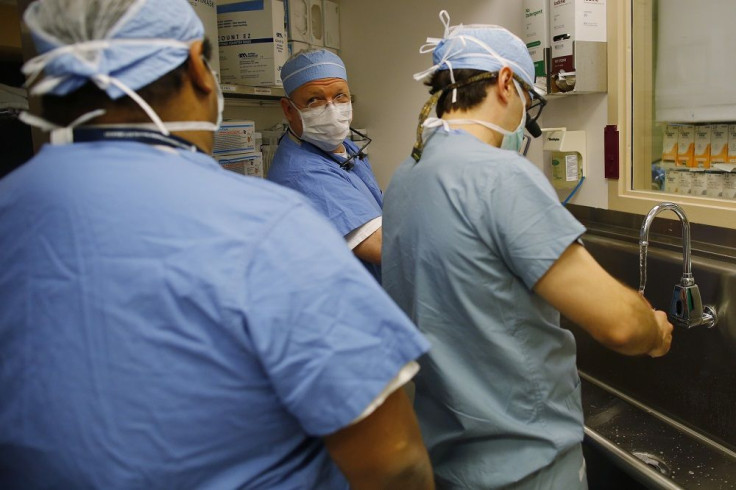Doctors Need Not Memorize Medical Books To Be Effective, Studies Suggest

New theory suggests that students in medical schools should be evaluated based on their knowledge processing abilities, and not just on what they can memorize or answer objectively in examinations. Some comment the educational model of medical schools are outdated, and others say an individual’s medical knowledge increases every three to four years. With this, success in medicine is said to start in preparing students to face the real life events outside of the school.
Critics say no one can possibly memorize every single detail in medical books. Additionally, these information are easily modified or updated with the advanced research industry available now. Aside from teaching them the real situations outside of the books, experts say it would be of utmost help if medical students are trained in teams.
Most medical schools follow the teaching model that Abraham Flexner had established in the early 1990’s. But his theory is currently being refuted in the face of the information age. Critics say that Flexner himself kept mum about the issue of poverty, nutrition and other social factors that can affect health. But as numerous studies say, these parameters affect holistic health.
John Henning Schumann, a writer and a doctor from Tulsa, Okla said that most of the time, he sees the traditional medical tools insufficient to provide help to his patients. Furthermore, no medical interventions taught in school can provide comfort to homeless man ot support to a laid-off worker. He adds that it took him years to finally ask his patients about hunger as part of his clinical assessment. His students would ask him about the potential interventions that can be done in these situations, as well as the possibility of charging these problems to social workers instead.
Schumann attended the Beyond Flexner conference in Albuquerque, N.M., which had a theme of "What is the social mission of medical education?" The conference tackled data from a paper published in the Annals of Internal Medicine that graded medical schools according to their social commitment, and not on research income or U.S. News and World Report scores. The paper started to look at the now-controversial issue of medical school orthodoxy, of which some points were discussed in a paper published by the Transactions of the American Clinical and Climatological Association.
For the past years, more and more medical educators, policy makers and social groups are taking part in changing the traditional system that has been running most medical schools. In the conference Schumann attended, their hosts from the University of New Mexico presented that schools who put great importance to community involvement are more likely to support social parameters that are essential to the practice. This innovation, as well as the recreation of the agricultural extension model for health education are boosting the health of New Mexicans.
Schumann noted that his most surprising discovery of all is the number of schools getting really serious on giving attention to social determinants of health. The sessions also tackled about the barriers to the cultural change of medical education practices. An example given was how to deal with a payment scheme that still accounts quantity over quality of medical services. In relation to this, Medicare had announced earlier this year that the bulk future payments for medical services would be based on the value or quality of the service rendered. This is is a sign that significant changes in the health care delivery system is on its way.
To contact the writer, email rinadoctor00@gmail.com






